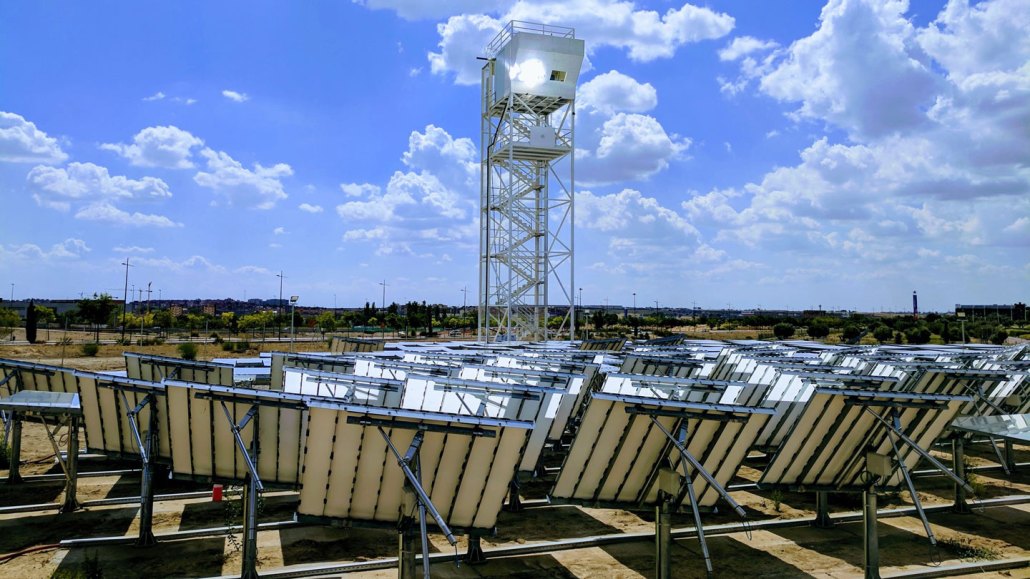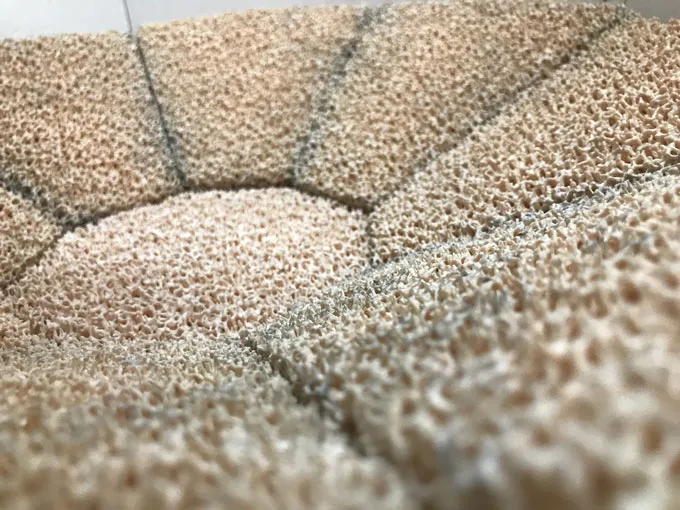How to make jet fuel from sunlight, air and water vapor
Solar kerosene could one day provide aviation with a carbon-neutral fuel

An array of 169 reflectors focus sunlight on a solar reactor at the top of this tower. The light reacts with carbon dioxide and water vapor, forming a mixture that can be turned into kerosene and diesel fuel.
IMDEA Energy








